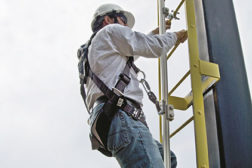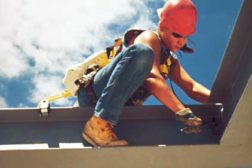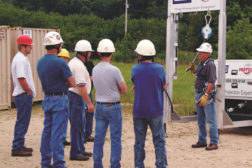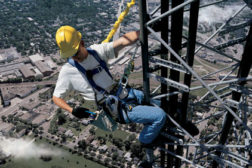Jim Hutter
Jim Hutter is a senior training specialist with Capital Safety and can be contacted at jhutter@capitalsafety.com. Capital Safety is a leading designer and manufacturer of height safety and fall protection equipment. Capital Safety also offers training courses, with 20 operating sites worldwide and a passionate commitment to quality, innovation and safety. For more information, contact Capital Safety at 800-328-6146 or visit www.capitalsafety.com.
ARTICLES
Become a Leader in Safety Culture
Build your knowledge with ISHN, covering key safety, health and industrial hygiene news, products, and trends.
JOIN TODAYCopyright ©2025. All Rights Reserved BNP Media.
Design, CMS, Hosting & Web Development :: ePublishing




